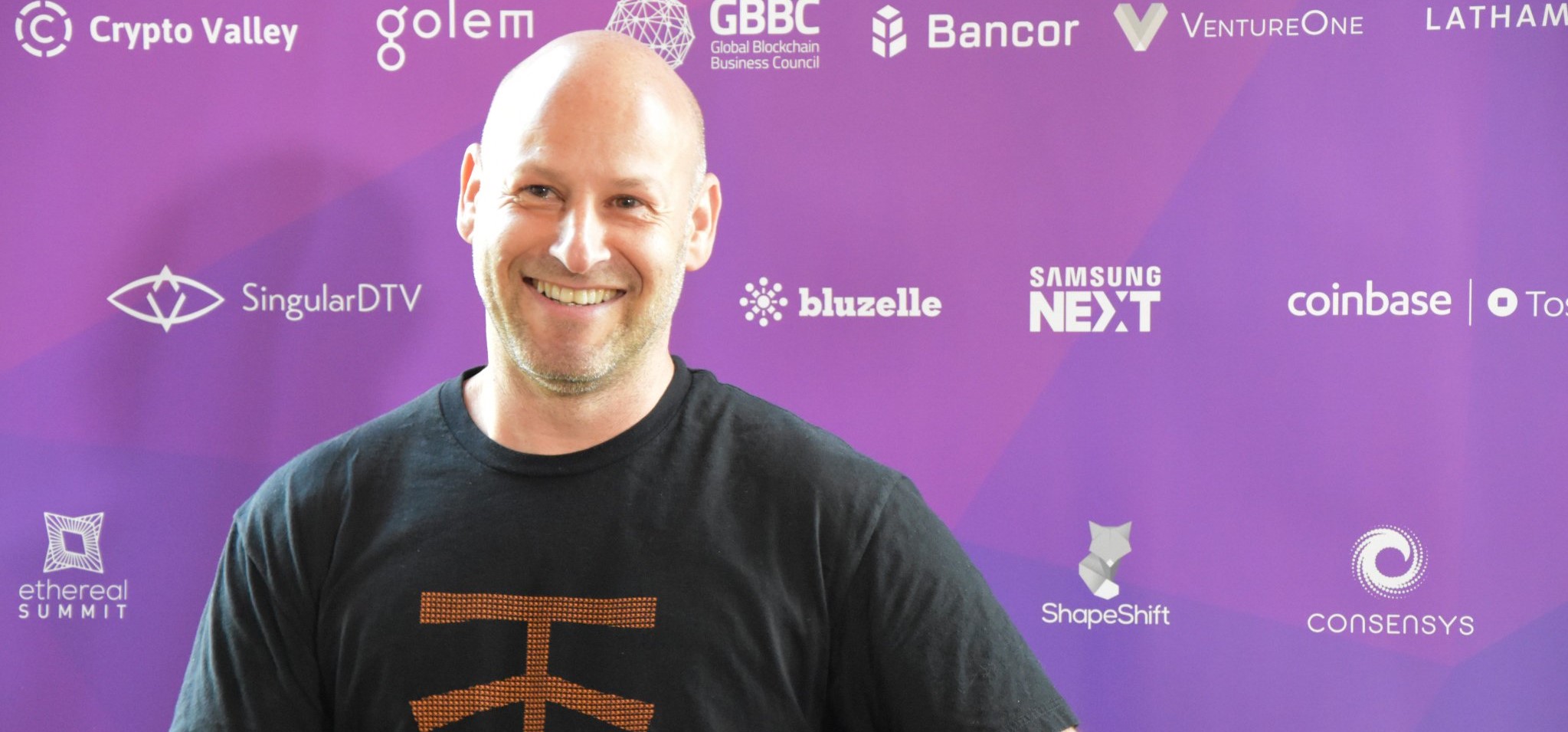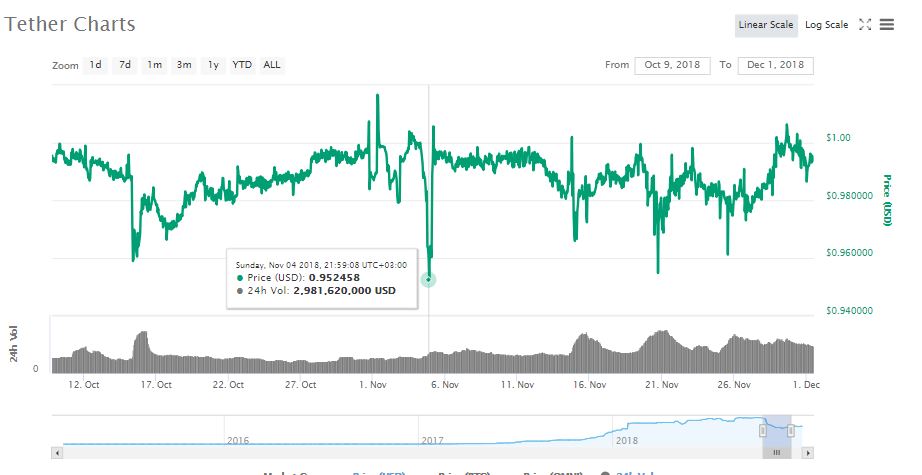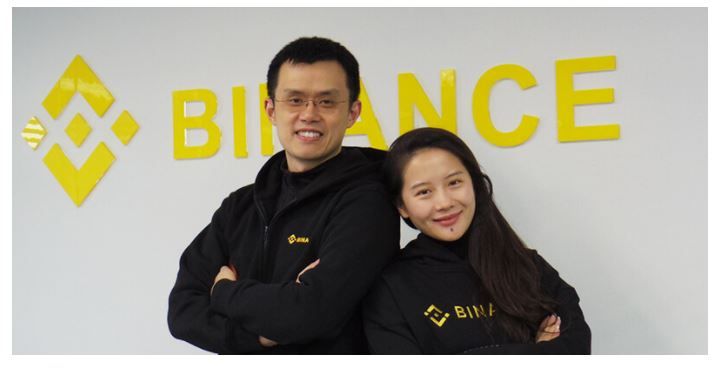
2018-12-27 22:21 |
Despite the 90% decline in its price, Ethereum has still been making moves in 2018. Forecasts for its ecosystem development, made last year, may have been exaggerated in terms of what the community could accomplish in 12 months. And that may be why we’re seeing the network valuation come back down to reasonable levels for a nascent technology.
When speculators see a falling price it is difficult to sit back and admire everything that the Ethereum network is accomplishing, and it’s even harder to look at Ethereum with an open mind when the mainstream media seems to be focusing their coverage around the price decline and Consensys layoffs.
Ethereum has seen greater adoption, regulatory certainty, and institutional interest this year; indicating that the coin is far from dead. As a 2018 year in review, here are 8 positive strides that Ethereum has taken in the last 12 months.
1. Increased Adoption – The Metric That Matters
The Ethereum blockchain has seen increased active addresses and onchain transaction volume in 2018, which are both good proxies to measure adoption. The number of unique ethereum addresses recently even broke the 50 million mark, and depending on your source for information, the rate of unique address creation has increased in 2018 as well.
According to Consensys, a newly created address was used, on average, for 35.45 days before going inactive, which means that the length of use this year is up over 3x, from an average of 11.25 days in 2017.
Smart contract deployment rates have steadily increased in 2018 as well. Approximately 200k smart contracts were created and deployed in June since the start of 2018, and that number has grown to more than 1 million in October and nearly 1.8 million deployed in 2018 to date. This is an increase of nearly 25% year over year. The number of successful calls to smart contracts has remained consistent at 1.2 million per day when compared to 2017.
Interest in the Ethereum community is growing in general as well. Reddit’s r/ethereum community has grown to more than twice its 2017 size, from 176k in early December 2017 to 418k in early December 2018, and several telegram communities have more than doubled their users as well.
Other metrics to note that may show increased adoption are that Metamask has had over 700k downloads in 2018 and that Infura serves 10 billion API calls per day as of the first week of December.
On June 14th, 2018, William Hinman, Director of Corporate Finance at the U.S. Securities and Exchange Commission, made remarks indicating that he believed ETH is not a security.
This gave rise to the notion that projects could start out as securities, and become decentralized enough to avoid security status despite having an ICO and a pre-mine. It’s important to note that this is only the opinion of one SEC official, and that this has not be proven true in court, but regulatory certainty paves the road for increased institutional adoption in 2019 as the participants can be more confident in their compliance.
3. Creating A Successful dApp Ecosystem2018 was supposed to be the year that decentralized applications were to take off, and many ICO projects fell short of expectations.
We do need to recognize, however, that several projects successfully launched on Ethereum in 2018 and are thriving. Despite increased competition from other platforms, Ethereum dApps still represent 95% of the total market share for dApps.
Two projects to highlight that launched on Ethereum this year are Maker’s Dai and Augur.
Maker launched Dai, a crypto-backed stablecoin, on Ethereum 12 months ago. In the last 12 months the ecosystem grew to hold over 1.6 million ether, has secured over 5000 collateralized debt positions, and maintained its peg during a 94% collapse in the price of ether.
A major criticism of crypto collateralized decentralized stablecoins is that they cannot hold their peg amidst a collapse in the underlying collateral. With ETH collateralized debt positions, Dai was able to hold its peg to $1 while Ethereum’s price crashed down below $90, even after some CDPs were opened at ETH prices of over $1300 in January.
This shows the resiliency of decentralized financial applications built on Ethereum. Maker has made other developments in 2018, notably that the code is ready to start offering multi-collateral Dai where debt positions can be backed by coins other than Ethereum such as ERC20 tokens.
In regards to Augur, the project launched this past July and the development team was able to remove the backdoor into the system just weeks after launching, which shows their confidence in their solidity smart contracts and the back-end smart contracts have worked flawlessly to date. Approximately 15k ETH has been traded on Augur to date and millions of dollars have been staked on several markets.
Another dApp project to highlight, developed by the team at Loom, is the game Crypto Zombies, which has seen over 400k unique users learning solidity smart contracting in 2018.
4. Code DevelopmentIt’s been rumored for two years now that Ethereum would be moving to Proof of Stake, and the code development has been taking longer than expected, but 2018 was still a productive year.
Ethereum developers have started focusing their efforts on more focused sharding initiatives and the long awaited Constantinople mainnet hard fork is scheduled for block #7080000, estimated around the 16th of January in 2019.
5. Money Raised In Crowd SalesOne of the main use cases for Ethereum thus far has been as a platform for raising funds. Less than 6 months into 2018, Ethereum surpassed the amount of money it helped raised through ICOs in 2017 and set records for the largest ICOs to date; indicating that projects raising money were not migrating to competitor platforms just yet.
Although the ICO model has taken a massive hit, both legally and financially, in 2018, the legal troubles do not seem rooted in the fact that Ethereum powers crowdfunding – more that the projects themselves did not comply with SEC regulations. And those regulations were not clearly applicable to digital assets until recent enforcement actions helped project leaders understand what was expected of them.
There were fewer ICOs in 2018 on Ethereum, but (speaking very generally) the projects were of higher quality and raised more money.
6. Increased InvestmentIn 2017, venture capital firms invested $1 billion in blockchain companies and that number increased 4x in 2018, which is probably a better proxy for the strength of what projects are building than retail ICO investment is.
The investment sizes were bigger as well – the medium investment increased from $1.5 million to $2.5 million from 2017 to 2018
Andreessen Horowitz has shown that it is particularly bullish on Ethereum. The firm raised $300 million this past summer for its first-ever fund focused on crypto and recently invested $15 million in MakerDAO.
7. Institutional AdoptionBitcoin wasn’t the only cryptocurrency to garner attention from the world of traditional finance. Fidelity Investments is launching an institutional platform for Bitcoin and Ethereum and the investment company currently provides financial services for $7.2 trillion in assets.
Ethereum futures have been posited and CBOE is expected to dip its toes into those waters in 2019; and even Coinbase, which has frequently been pinpointed as an ideal candidate for an IPO (with all the regulation that entails) has adopted ERC-20 tokens with almost gay abandon over the last couple of months.
8. Resistance To Competition Amidst Sell PressureMany skeptics focus on the price of Ethereum dropping very low in 2018, but forget the “Ethereum killer” narrative that many ICOs spread in 2017. Despite its price tanking, Ethereum has resisted competition and still remains the preferred smart contract platform in the industry. Projects like EOS, Tezos, NEO, Tron, Cardano and VeChain have been hit as hard or even harder than Ethereum in this bear market.
These projects aren’t going down without a fight either… They have gone to great lengths to overtake Ethereum, especially Tron – which has actually set aside funds to onboard Ethereum developers to its platform, without a great deal of clear success so far.
Ethereum’s resiliency in competition is something that should stick with the platform into 2019, and some analysts have argued that increased competition was the best thing that could have happened to Ethereum in 2018 because it has forced its developers to ship meaningful code faster and iterate on its scaling debate internally.
Ethereum 2018 – ConclusionEthereum may have its flaws, but amidst a massive price decline we need to step back and see that the project is making moves, and that they have a different target market for dApp development than more centralized blockchains.
Ethereum has been increasing its user base, supporting projects to launch on top of it, and has remained the preferred decentralized smart contract platform in 2018.
As Joseph Lubin recently stated about Ethereum: “It’s a movement. Market cap doesn’t reflect activity.”
The author holds investments in Ethereum.
Join the conversation on Telegram and Twitter!
The post 8 Ways Ethereum Proved Prophets Of Doom Wrong In 2018 appeared first on Crypto Briefing.
origin »Ethereum (ETH) на Currencies.ru
|
|















